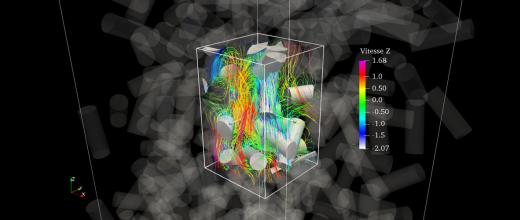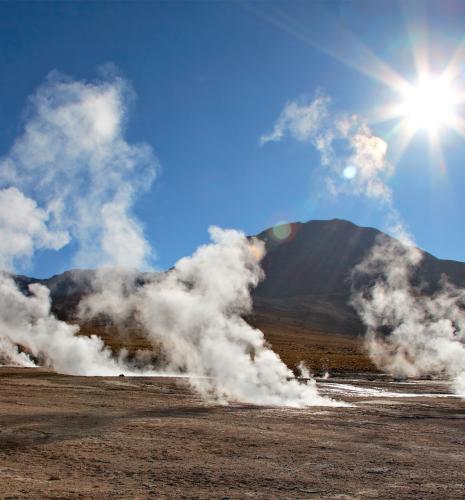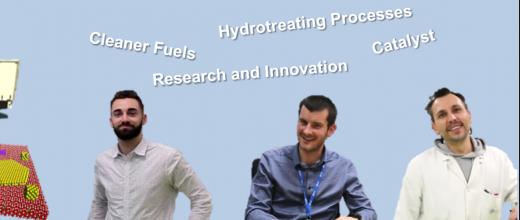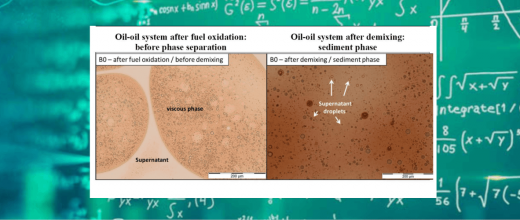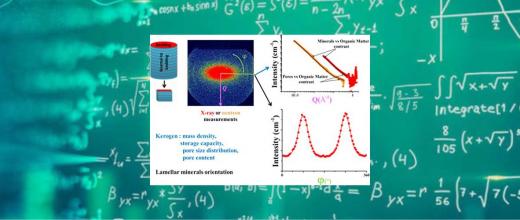
Individual page
Ana Teresa FIALHO BATISTA
Research Engineer in heterogeneous catalysis | PhD in Chemistry
After a Master’s Degree in Chemical Engineering (Instituto Superior Técnico, Lisbon) I pursued a PhD in heterogenous catalysis developing a multi-technique approach to the characterization and
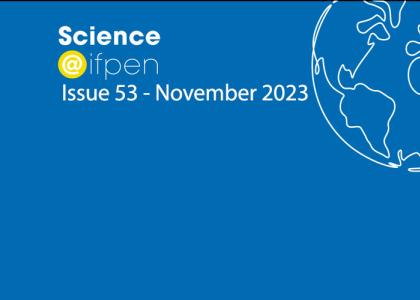
News in brief
Digital porous materials: from the virtual to very real interest!
While macroscopic models combined with experimental analysis of porosity are well established for geometrically simple pores, hierarchized and disordered microstructures defy existing frameworks and call into question conventional interpretations. We proposed a digital framework to help overcome this challenge, taking into account morphology, connectivity and pore size distribution...

News in brief
Multi-scale characterization of microemulsions: what impact of asphaltenes on their properties?
In the context of the energy transition, it is expected that oil production will decrease at the same pace as the development of low-carbon energies and people’s evolving needs in this area...

News in brief
Diffusion in catalysts: an often tortuous path!
In catalytic processes, an active phase is necessary to accelerate the transformation of the molecules in the fluid treated. Most of the time, this catalytic agent is placed on a porous support with a large internal surface area, making it possible to host a large number of active sites within a small volume...
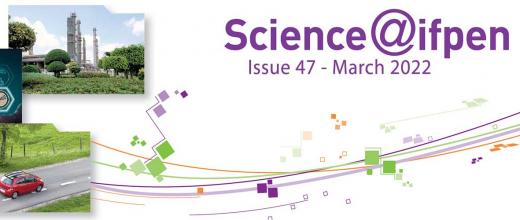
News in brief
The premature ageing of oxygen carrier materials: a challenge for CLC
The increase in the level of atmoshpheric CO2 and the resulting climate change are a global concern. Despite this, the use of fossil fuels continues to grow, in response to high energy demand. Combined with storage and CO2 conversion solutions, Chemical Looping Combustion processes (CLC) offer a medium-term solution to reducing the impact of energy production from fossil fuels, or even biomass...

News in brief
Loss of selectivity in Fischer-Tropsch synthesis: a high-throughput study
Faced with the current climate challenges, alternative fuels are attracting a growing interest for the mobility of the future. Of the various possible alternatives, hydrocarbons could be synthesised via a well-known process: the Fischer-Tropsch (FT) process, based on Syngas (CO and H2) produced, in particular, by biomass gasification. (...) However, the deactivation of FT catalysts is a major issue that directly impacts the costs of the process. (...) To identify these mechanisms, a multiple-stage methodology was implemented as part of a doctoral thesis...
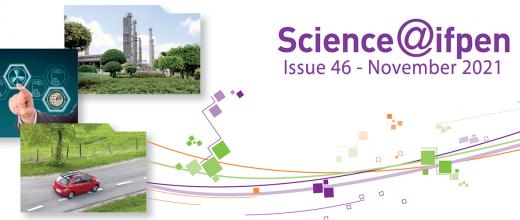
News in brief
X-rays and Neutrons for imaging salt migration
Salt precipitation in permeable rocks is a risk faced by some energy sectors, particularly for gas storage in geological formations during operational phases (injection and extraction), when there is contact with saline aquifers. (...) This precipitation reduces the space where fluids can circulate, altering rock permeability, or even leading to plugging under certain conditions. In order to understand the underlying mechanisms behind this damaging phenomenon, experiments examining gas flow in a brine-saturated porous medium were conducted on IFPEN’s CAL-X flow test bench...

News in brief
Semantic segmentation through deep learning in materials sciences
Semantic segmentation conducted on microscopy images is a processing operation carried out to quantify a material’s porosity and its heterogeneity. It is aimed at classifying every pixel within the image (on the basis of degree of heterogeneity and porosity). However, for some materials (such as aluminas employed for catalysis), it is very difficult or even impossible using a traditional image processing approach, since porosity differences are characterized by small contrasts and complex textural variations. One way of overcoming this obstacle is to tackle semantic segmentation via deep learning, using a convolutional neural network.

News in brief
Digital Rock Physics at IFPEN
Today, characterization of geological reservoirs, a long-standing theme in petroleum exploration, becomes a base of interest for a variety of applications, such as CO2 and hydrogen storage as well as geothermal energy. In recent years, the combined use of 3D microtomography (or micro-CT ) imaging and advanced simulation techniques has allowed the emergence of a digital approach to computing the petrophysical properties of reservoir rocks (Digital Rock Physics). This represents a real complement - and in some cases an alternative - to traditional laboratory measurements.

News in brief
Numerical design based on the analysis of multi-scale porous material microstructures
The design of high-quality porous materials is a major challenge for the energy efficiency of industrial processes in the fields of catalysis and biocatalysis and separation and purification operations. For such applications, these materials derive their properties of interest from their specific microstructure, incorporating a large quantity of empty spaces that are organized and connected on a nanometric scale. IFPEN and Saint Gobain Research Provence (SGRP) joined forces to acquire a tool that will ultimately facilitate the development of porous materials optimized for given usages.



